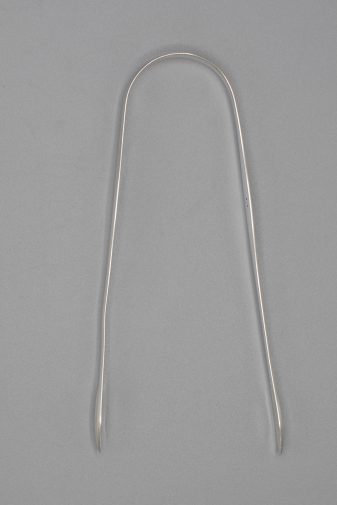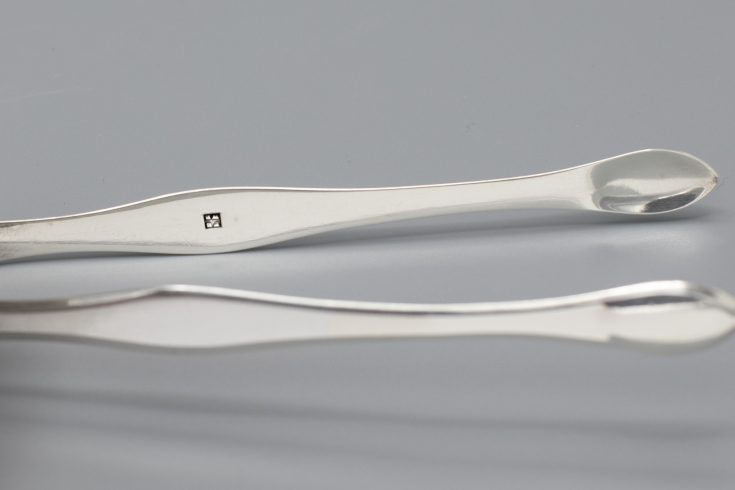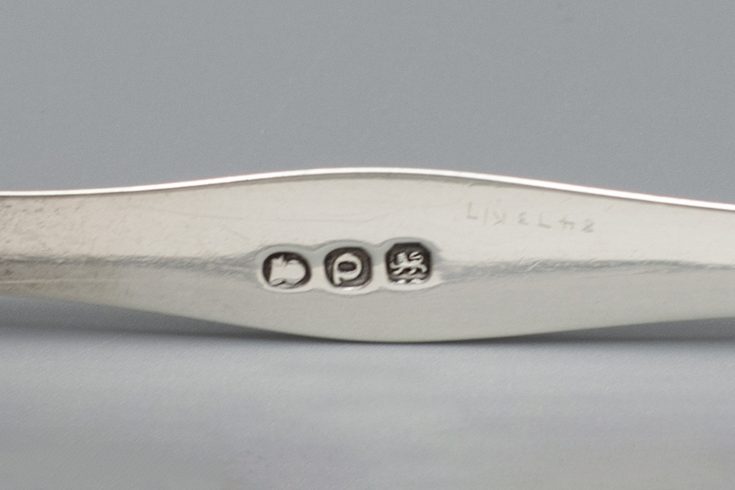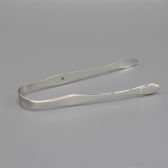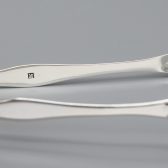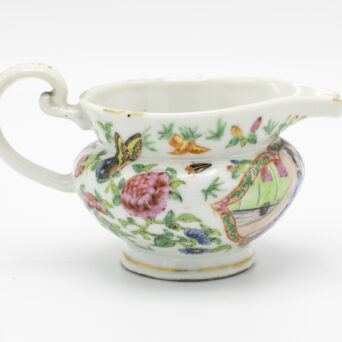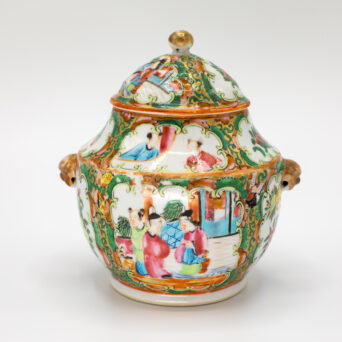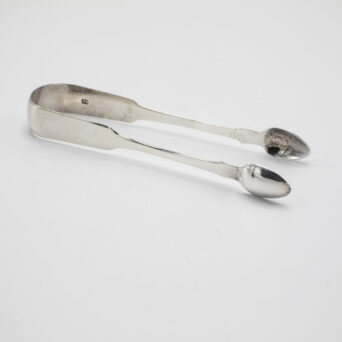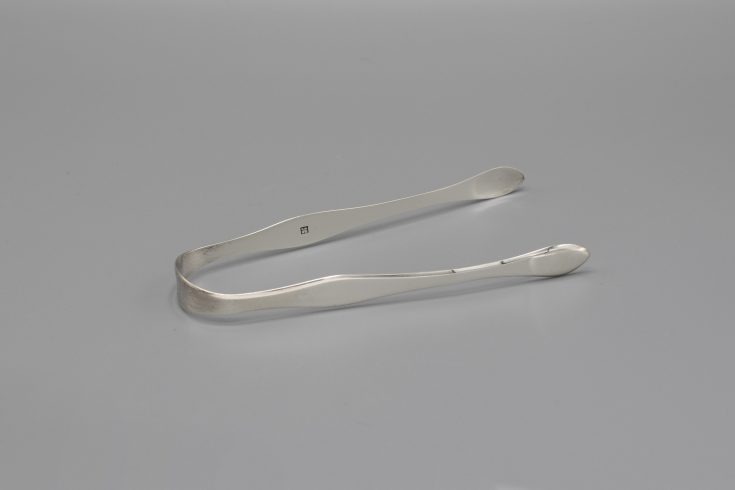
Antique George III English Silver Sugar Tongs
For as long as tea has existed in the Western world, it has been sweetened with sugar. Covered sugar bowls were often sold along with teapots and tea caddies during the early 1700s. The rules of etiquette dictated that sugar tongs were also required to transfer lumps of sugar from the sugar bowl to the tea cup.
A very attractive pair of Antique George III English Silver Sugar Tongs made by Peter and William Bateman. In 1805, after the retirement of Ann, who was the daughter-in-law of Hester Bateman and the widow of Jonathan Bateman, a new mark was registered. This is the mark of Peter Bateman and William Bateman who was Hester Bateman’s son and grandson respectively. Her children and grandchildren continued with the Bateman silversmithing legacy and it is the Bateman family who managed to dominate this period in silver sugar tongs. Not only did they establish a strong reputation during their time, but their sugar tongs are still highly sought after today.
Peter and William Bateman made pieces that are exceptional and of enduring quality. Our pair of Antique George III English Silver Sugar Tongs are a very good example of their work.
